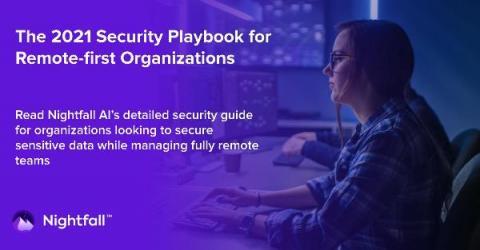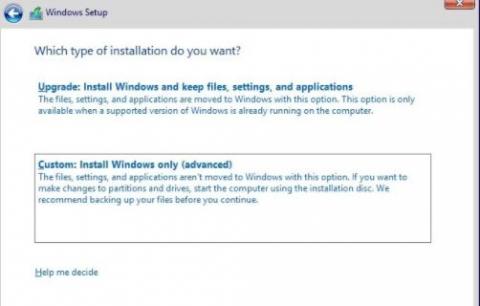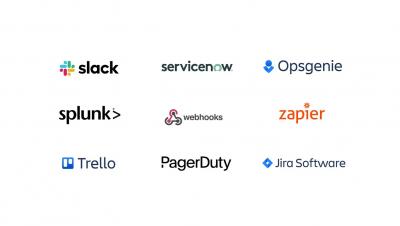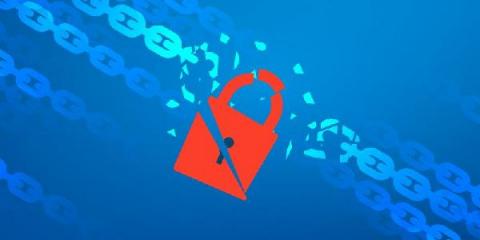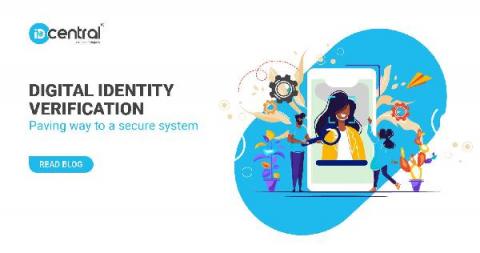Security | Threat Detection | Cyberattacks | DevSecOps | Compliance
%term
AppSec Bites Part 3: Has the New Virtual Reality Created Opportunities for AppSec?
Over the past several months, many organizations have had to shift their operations to a fully digital platform. This sudden shift was more challenging for some industries, like government, than other industries, like technology. And aside from having to adapt to fully remote operations, many organizations were also subject to tighter budgets, forcing them to become more efficient.
The 2021 Security Playbook for Remote-first Organizations
The sudden shift to remote work in 2020 exposed companies to a variety of new security challenges. Start off 2021 right by reviewing the seven most crucial areas of security for emerging remote-first organizations. Continue reading below or feel free to download a copy of this playbook. We’ll also include our free Post-COVID Security Checklist as a reference you can keep in your back pocket.
A Path to Proactive Security Through Automation
The sheer number of cyberattacks launched against organizations every year is massive and growing. If you’re a security analyst working in a SOC or security team, tasked with defending your organization, that means you’re getting bombarded by many more attacks than the recorded numbers above would suggest. These attacks translate into security alerts — fired from your various security tools — that you must investigate and resolve.
SrClient DLL Hijacking: a Windows Server 2012 0-day that won't be patched
I recently discovered that all versions of Windows Server 2012 (but not Server 2012 R2) are affected by a DLL hijacking vulnerability that can be exploited for privilege escalation. Moreover, the flaw can be triggered by a regular user and does not require a system reboot. Sounds like a pretty big deal, right? Well, not according to Microsoft, unfortunately.
Dangerous defaults that put your IT environment at risk: IT security under attack
In this blog in the “IT security under attack” series, we wanted to shed some light on an unfamiliar and seldom discussed topic in IT security: the default, out-of-the-box configurations in IT environments that may be putting your network and users at risk. Default settings, and why the initial configuration is not the most secure
Host-based Intrusion Detection System - Overview and HIDS vs NIDS
Although a business appears to make every effort to protect its assets, there is still no security guarantee. Hackers being fully aware of this uncertainty, tend to take complete advantage by tricking users or bypassing restrictions of the technology products in use, allowing them to acquire complete access. Such perils have given rise to the necessity of having a proactive approach towards cyber security to identify, prepare and respond to events.
Detectify in 17 seconds
The Rise of Software Supply Chain Attacks
Software supply chain attacks are back in the news. Last week, security researcher Alex Birsan executed a novel attack against Microsoft, Apple, PayPal, Shopify, Netflix, Tesla, Yelp, and Uber by leveraging a design flaw in automated build and installation tools. Along with the recent SolarWinds breach, this most recent attack is renewing attention on software supply chain security.
Digital Identity Verification: Paving the Way to a Secure System
As we look forward to restarting our normal lives in the ‘new-normal’ post the pandemic, we are looking to digital channels and devices to bridge the gap between what was done ‘in-person’ and what we can do safely from home. This is necessary for the financial services industry where consumers and businesses alike must move most of their operations online.




